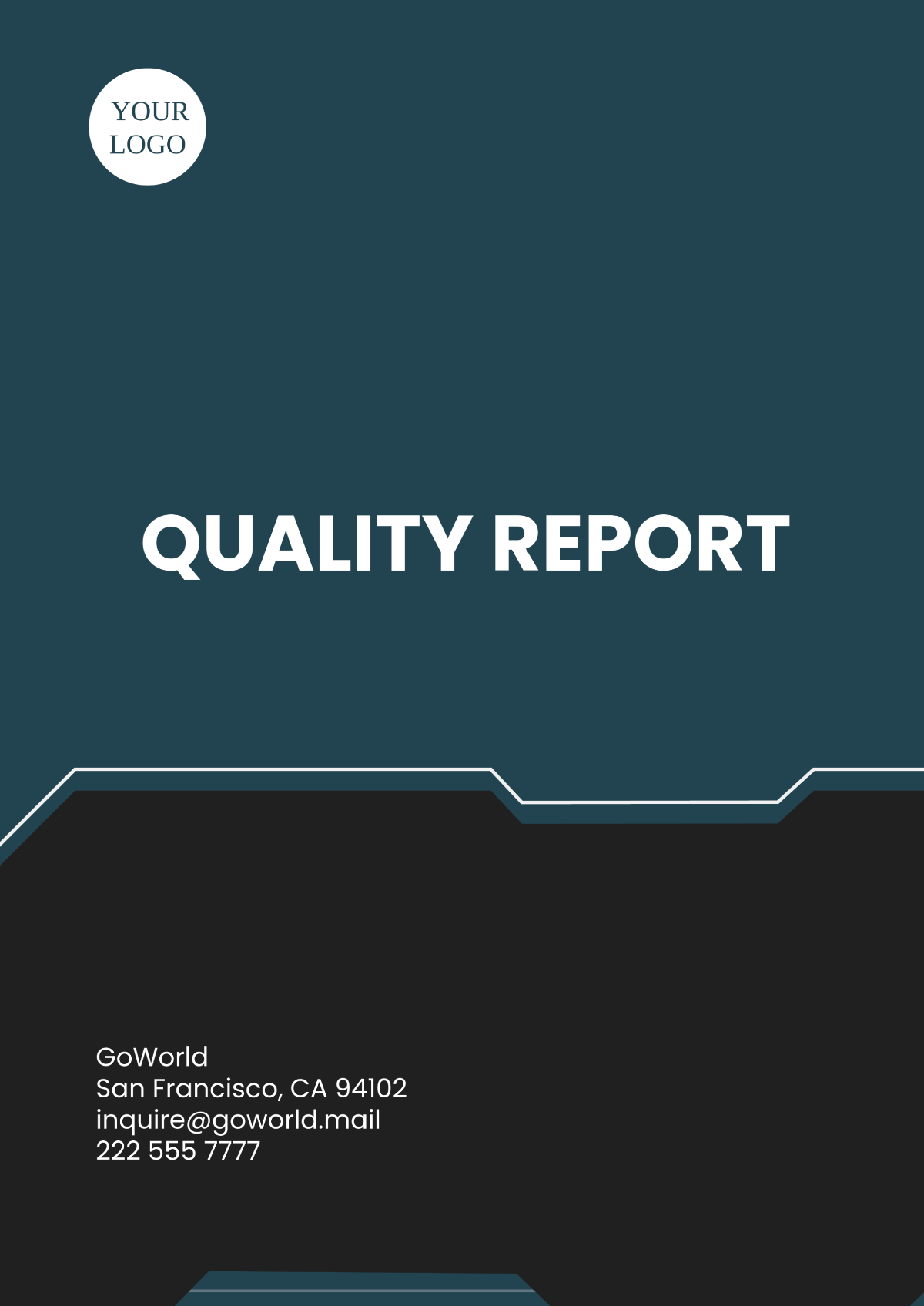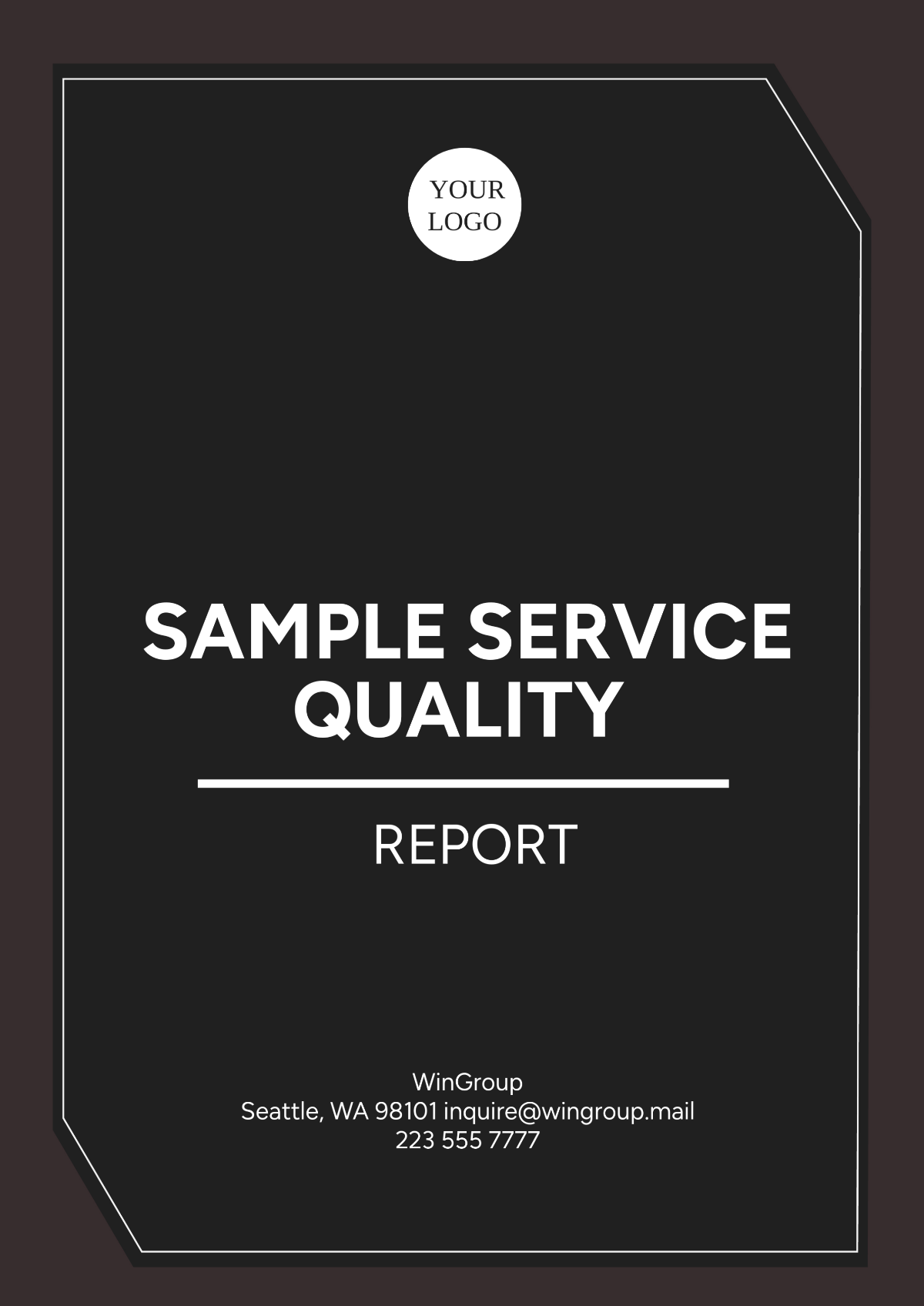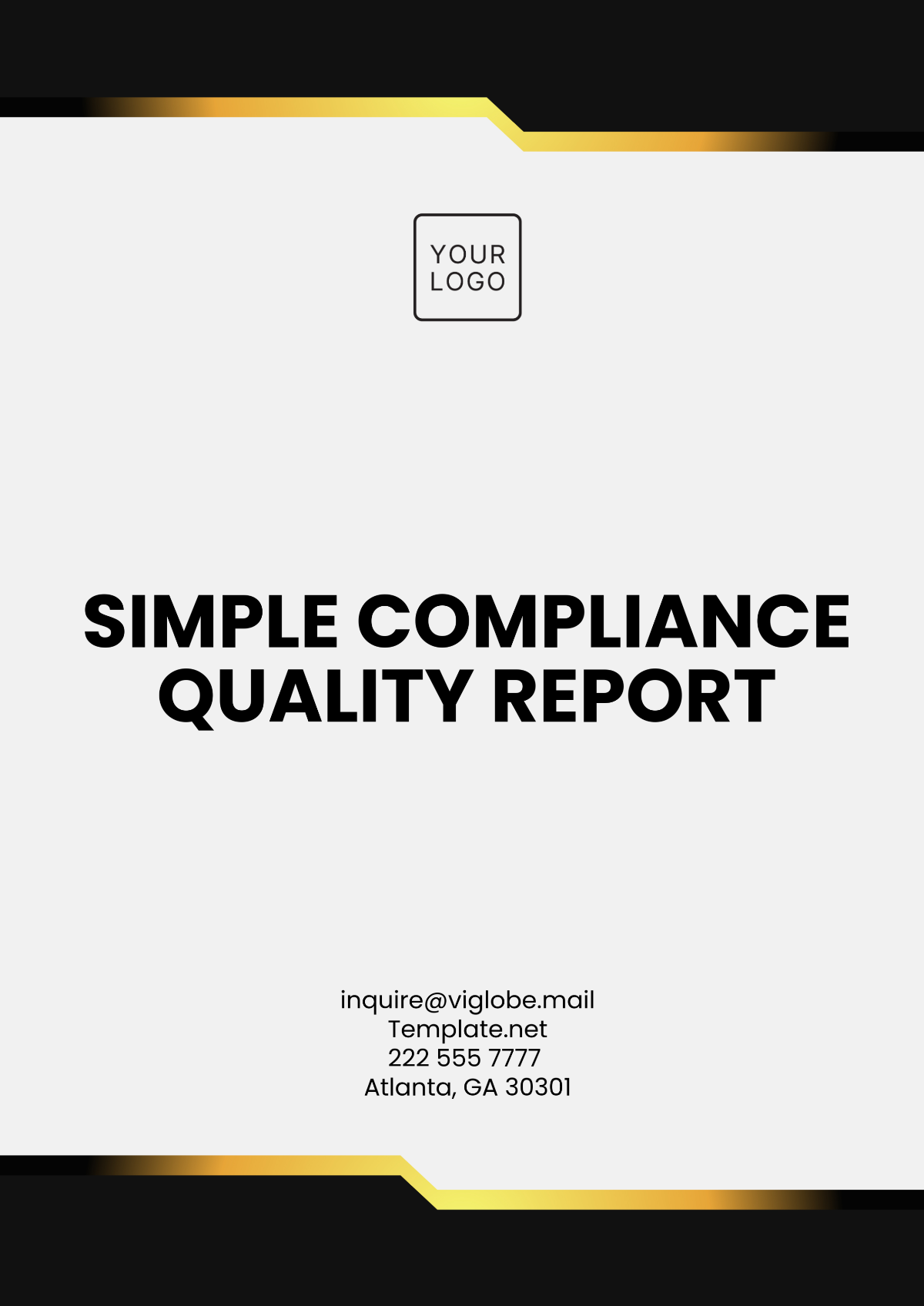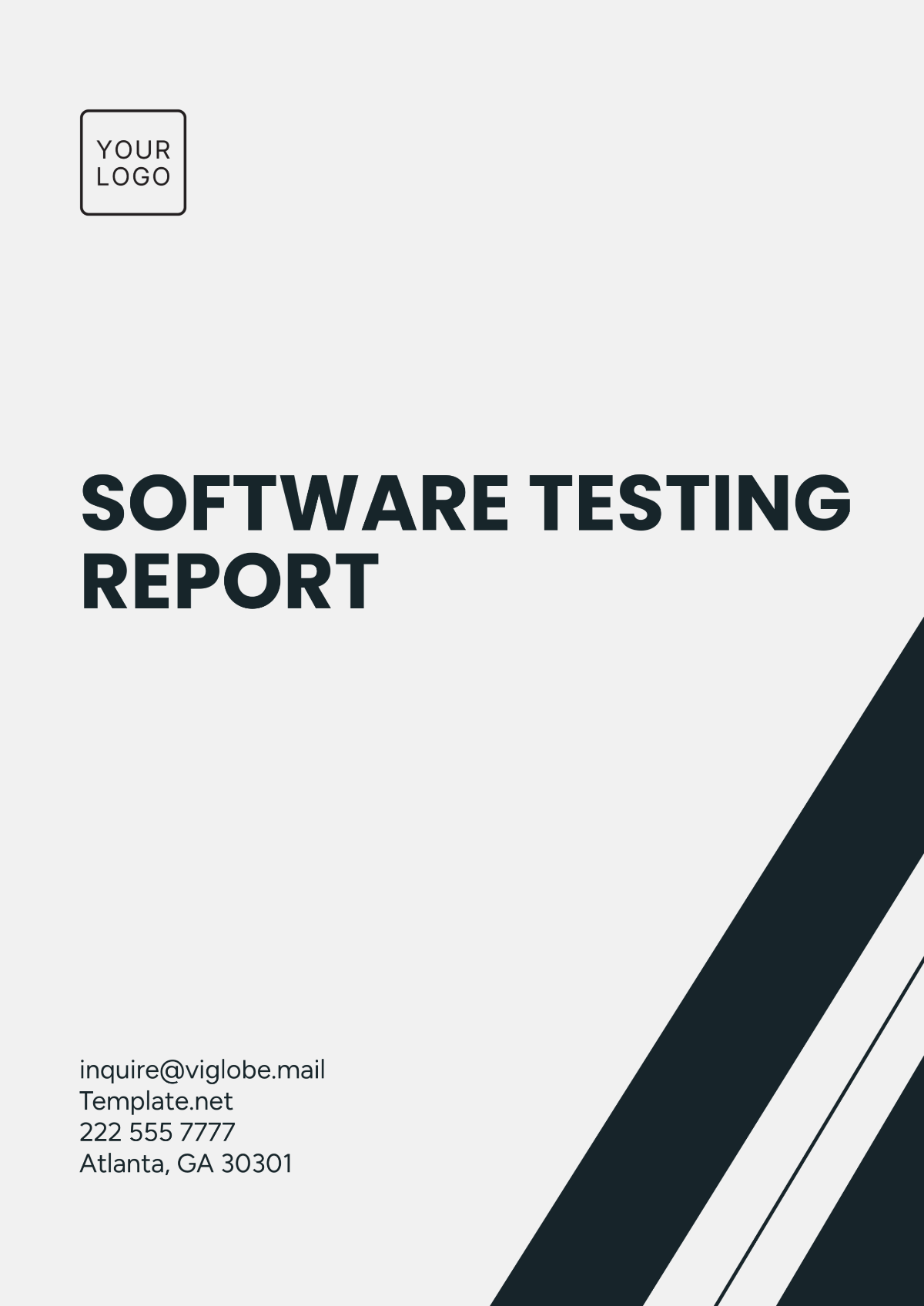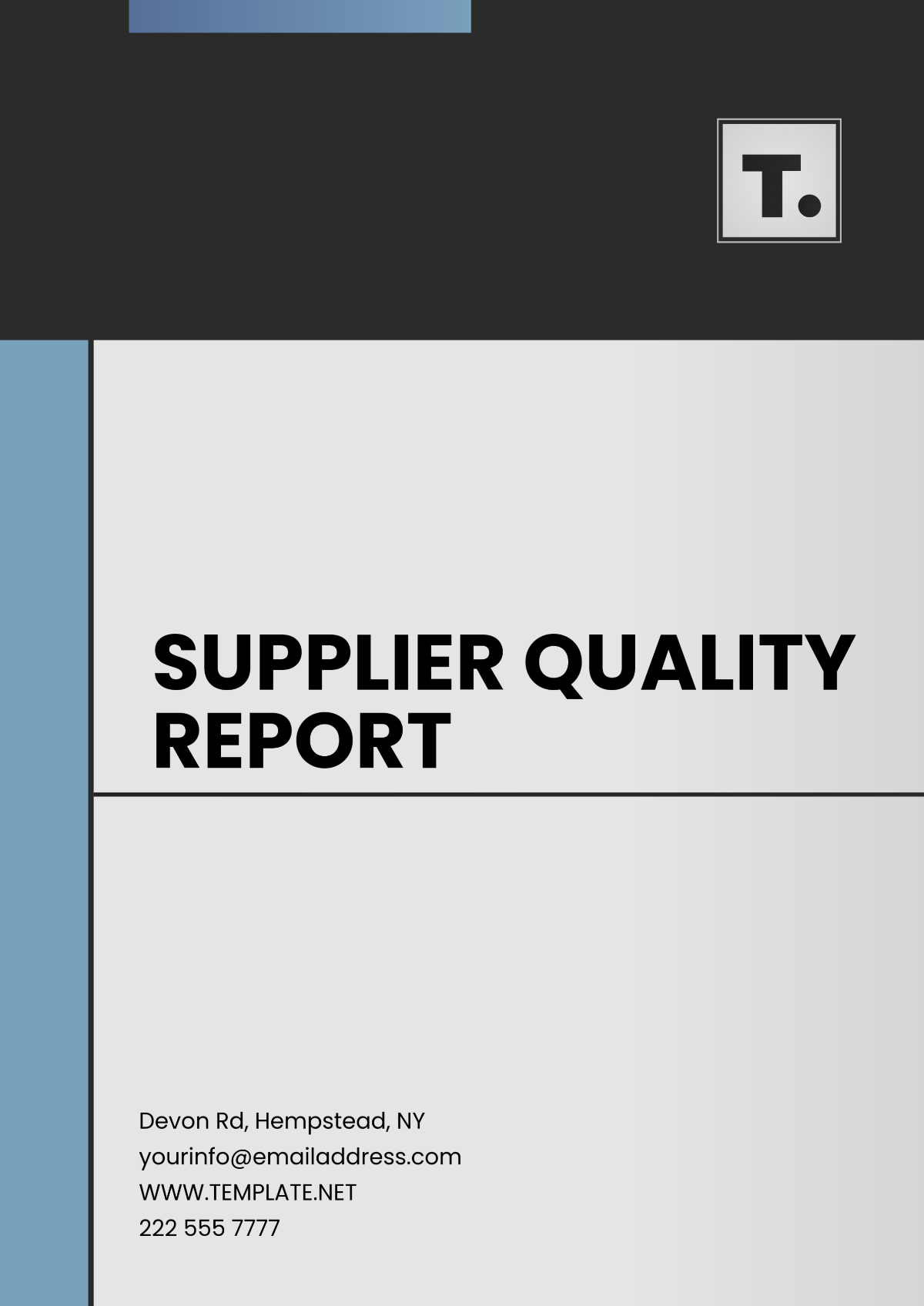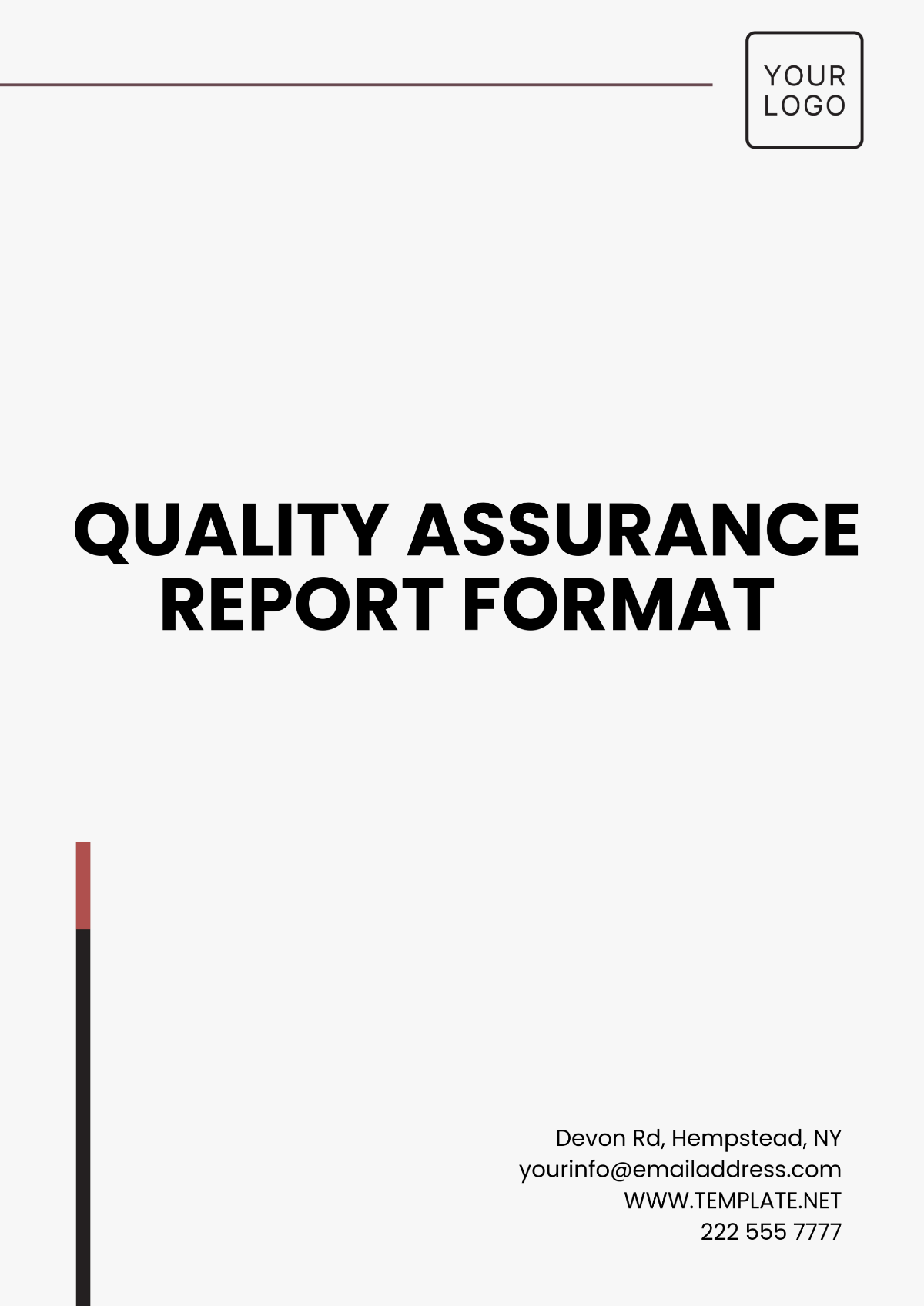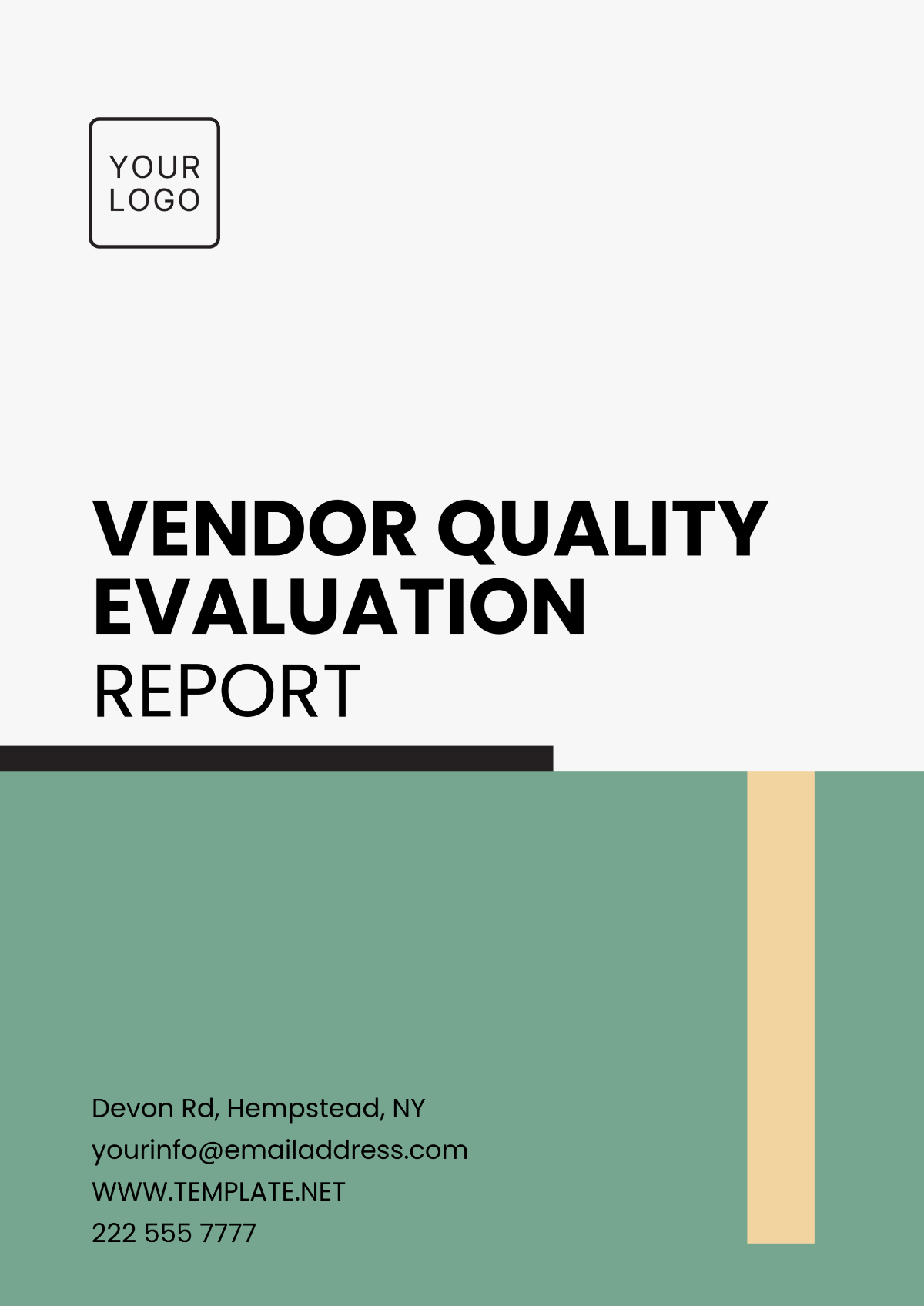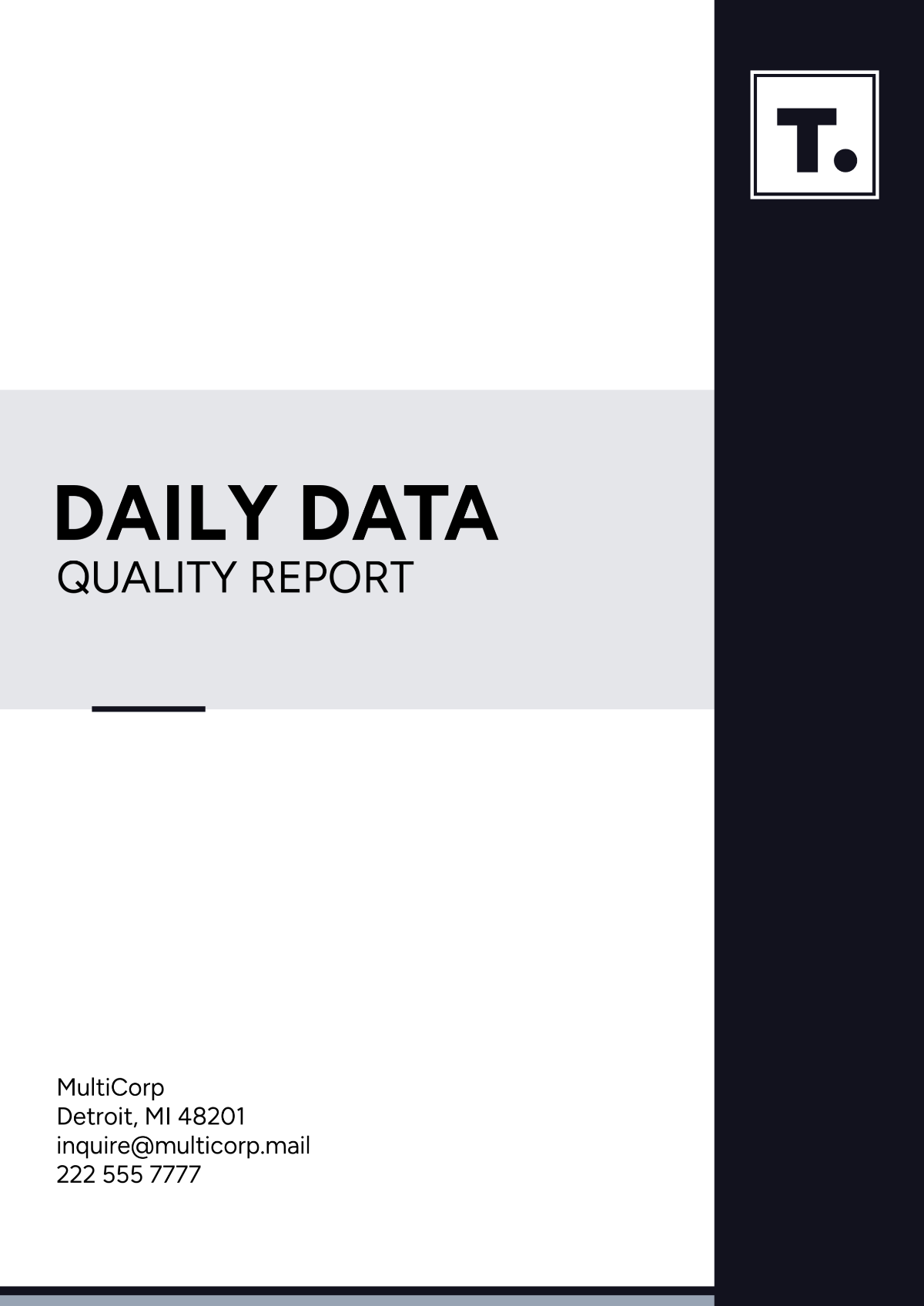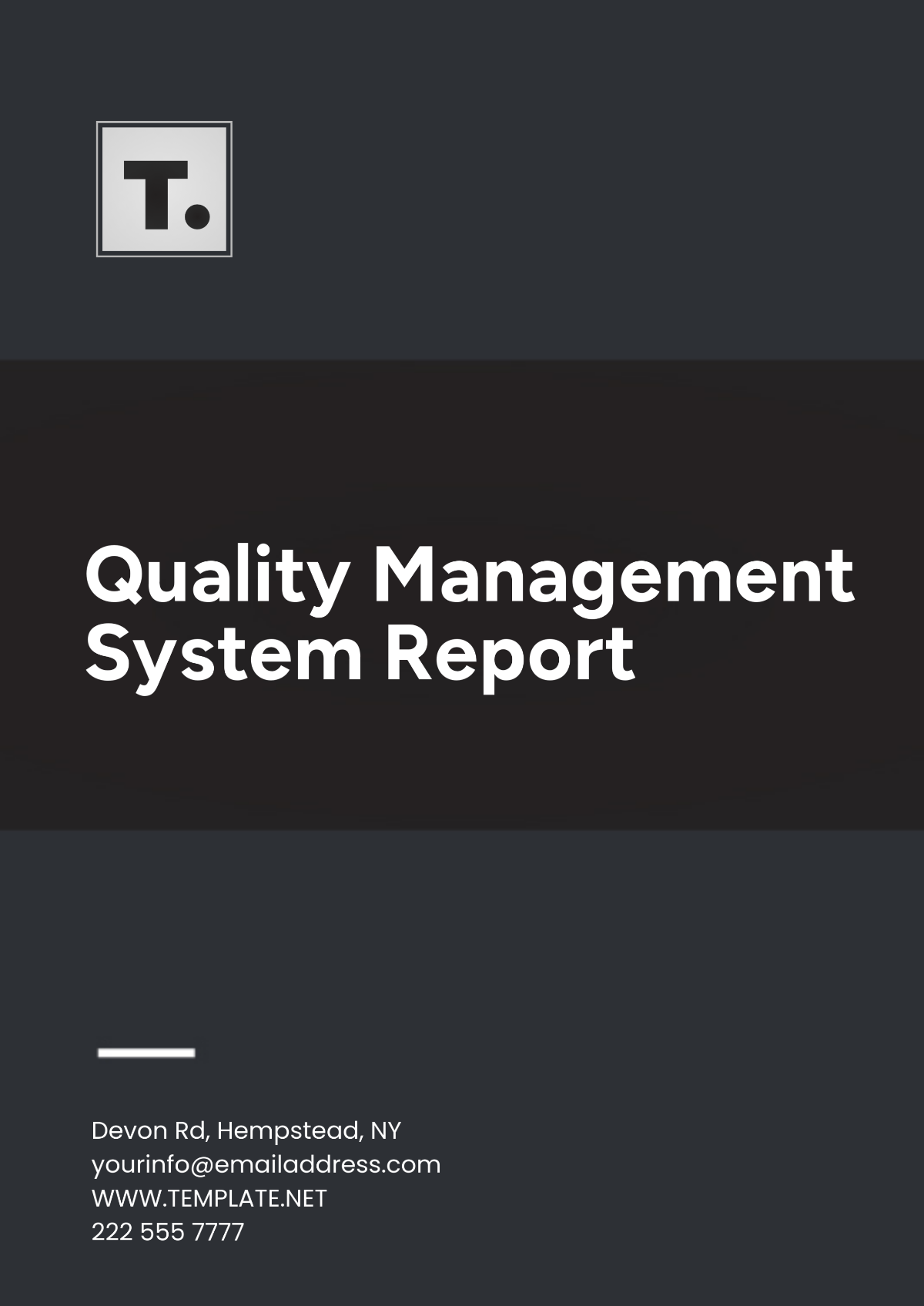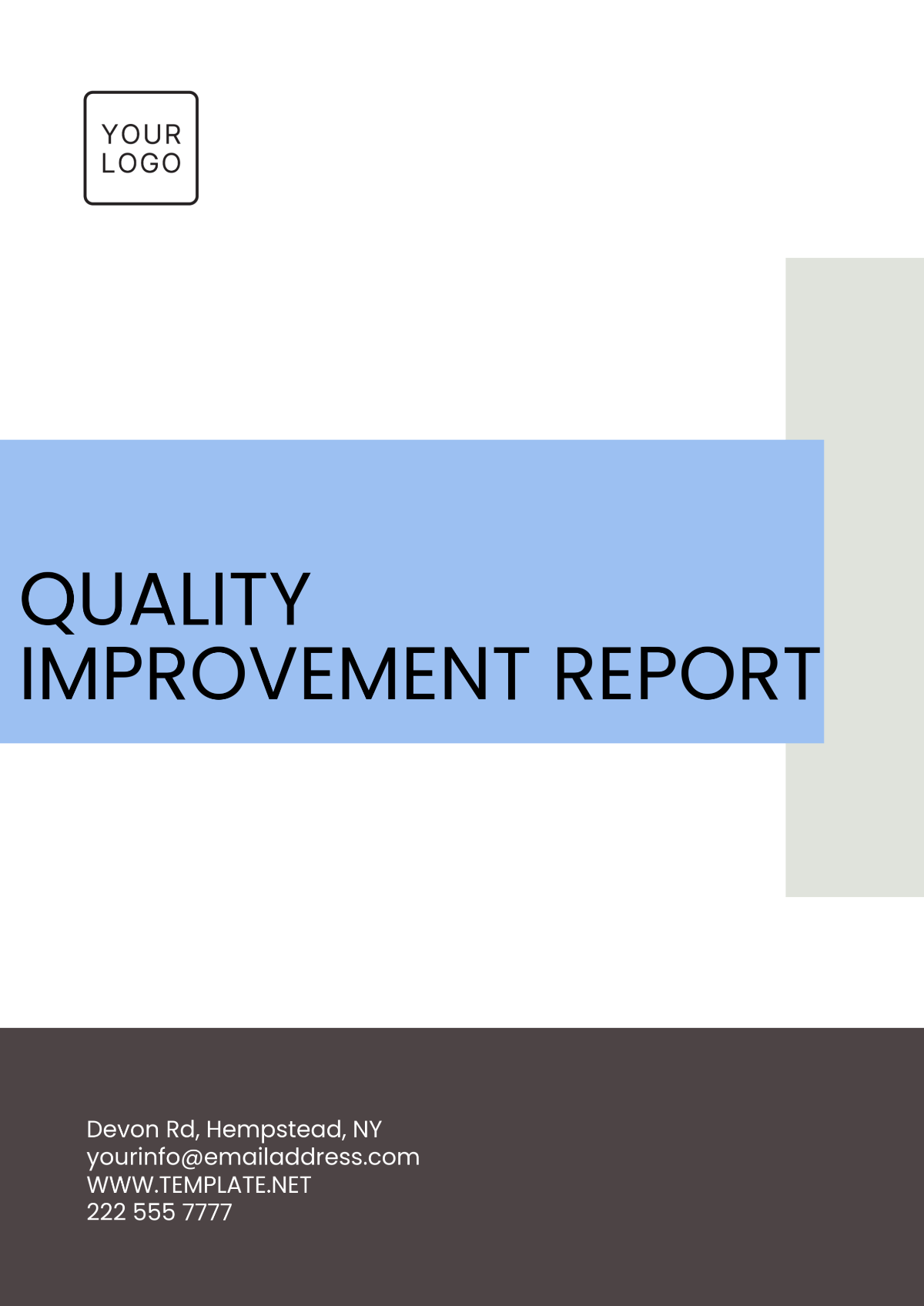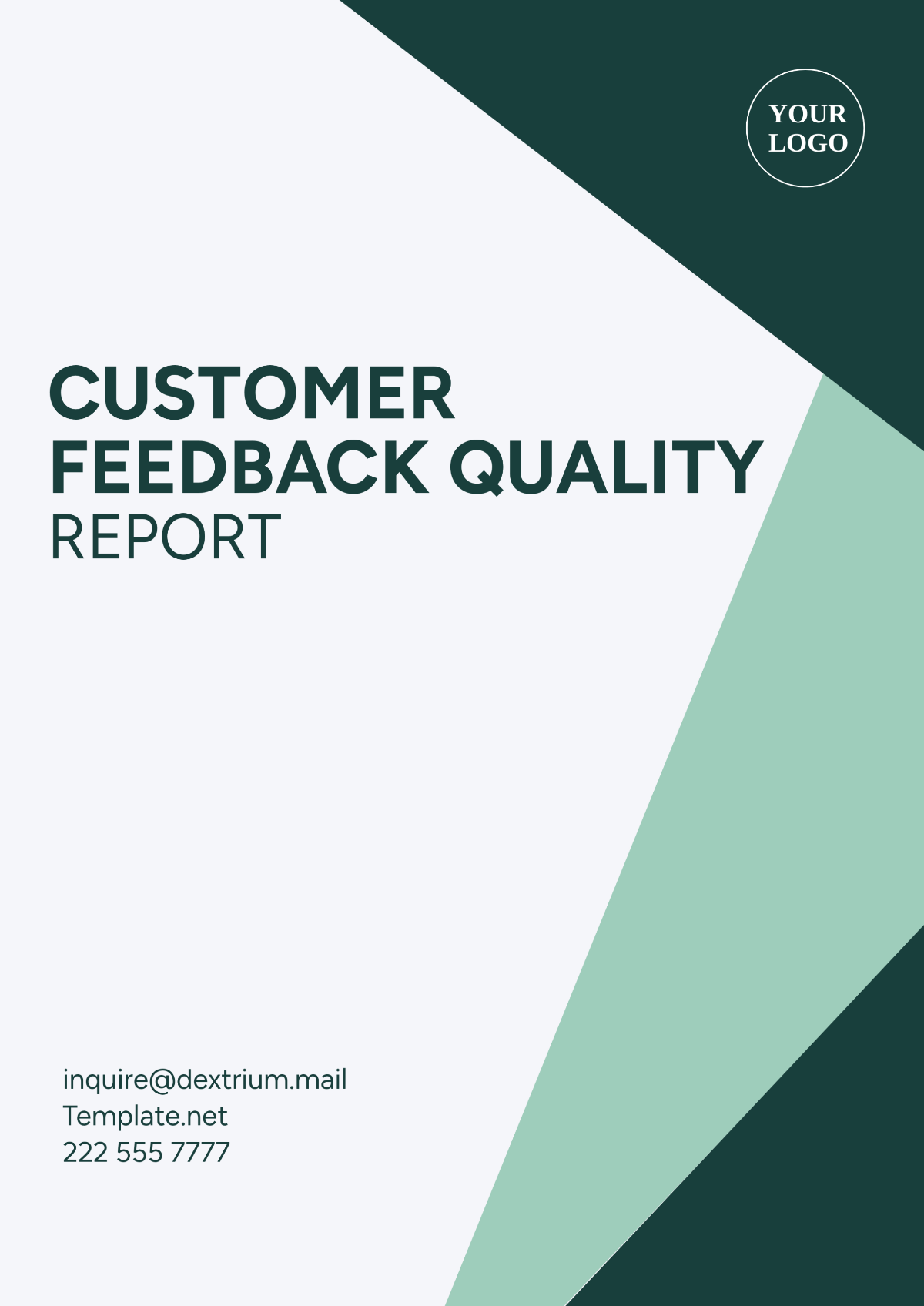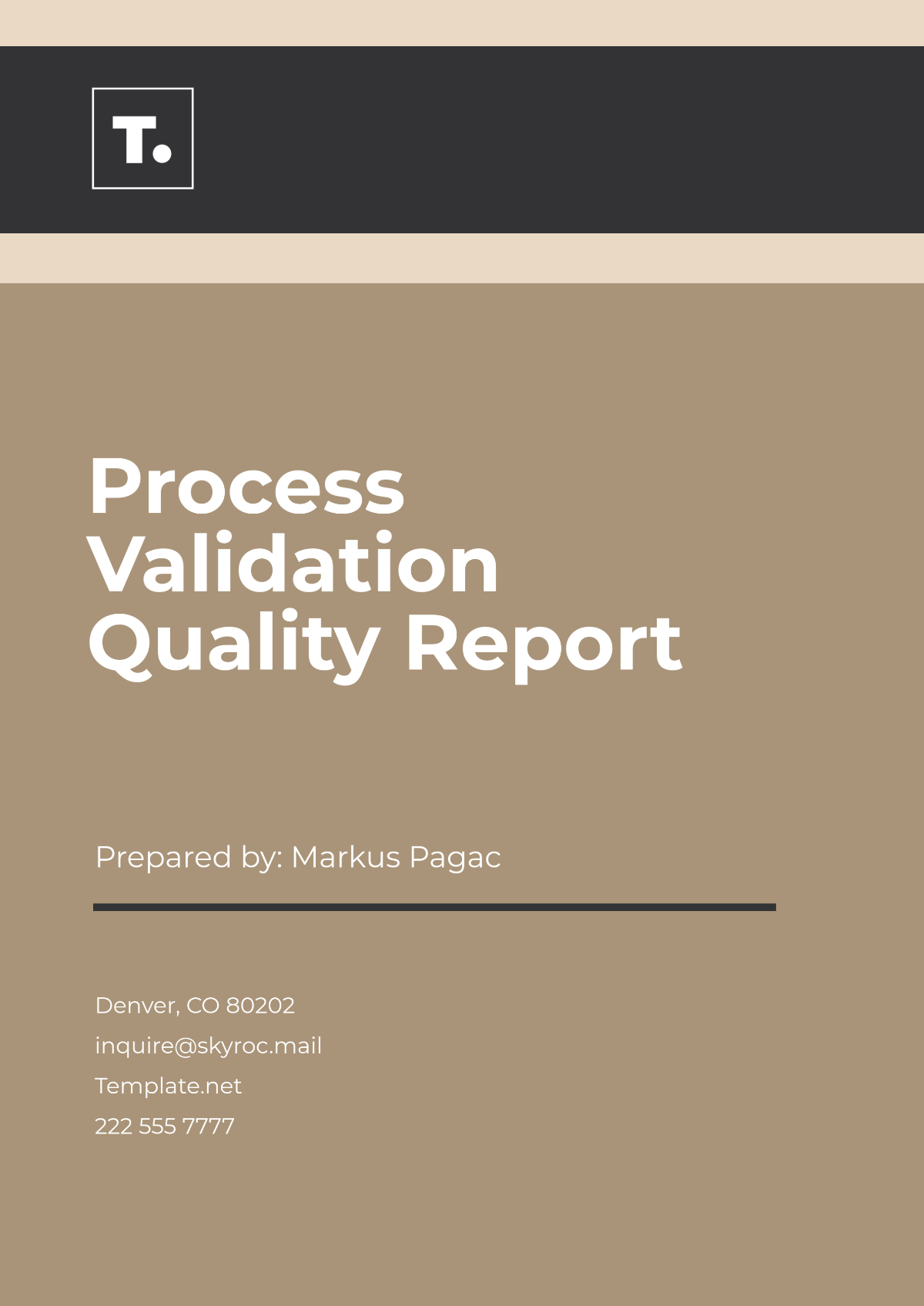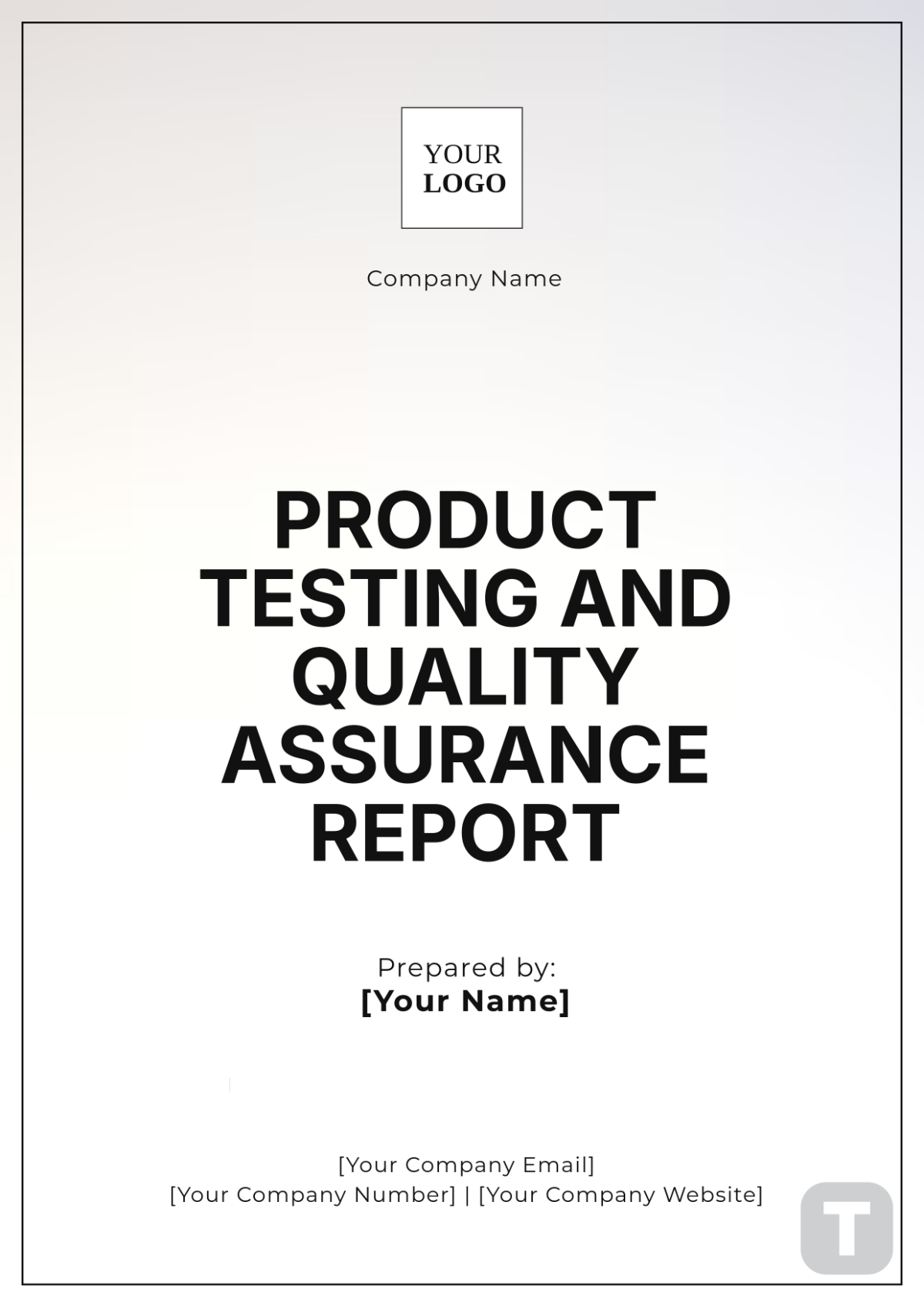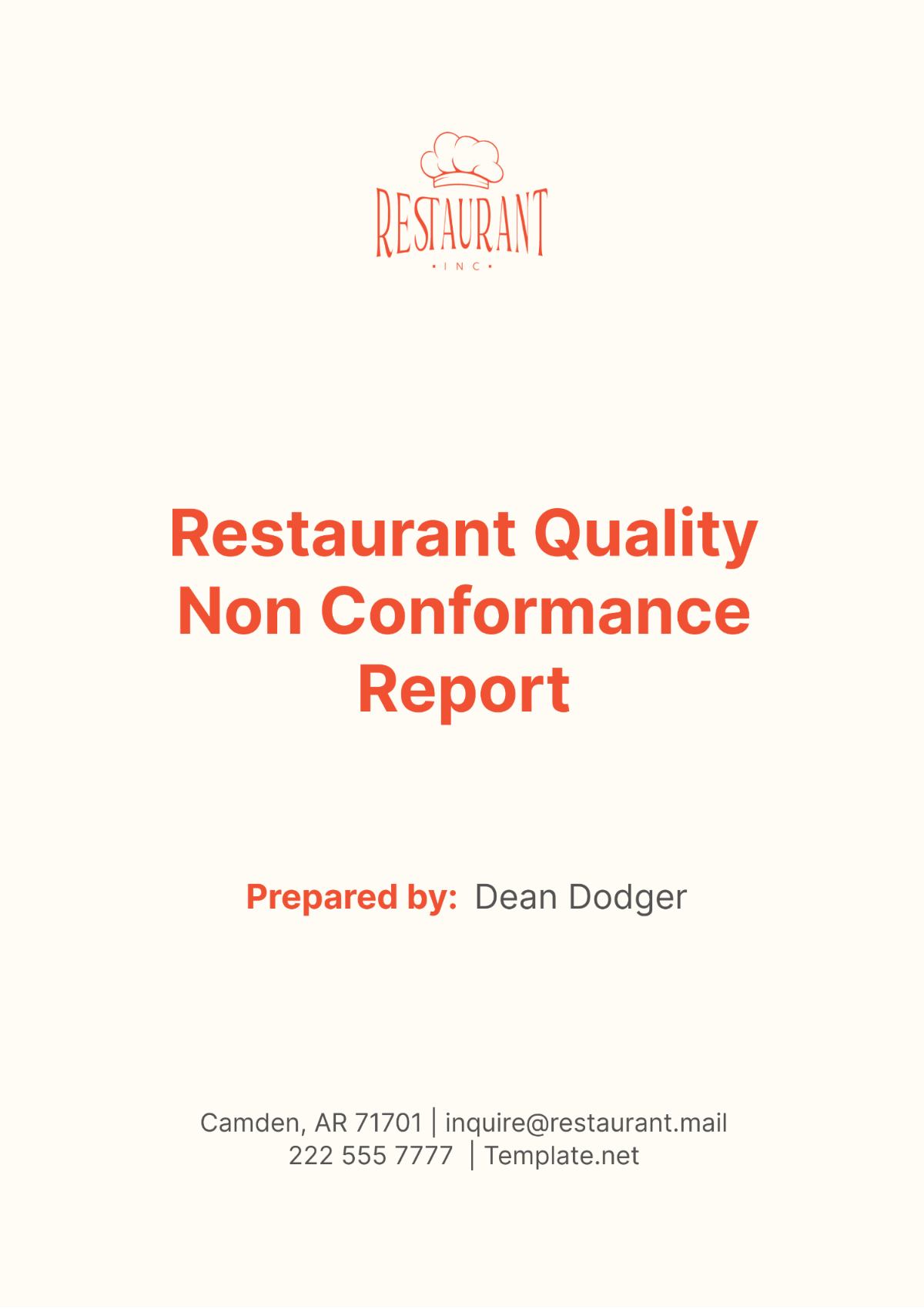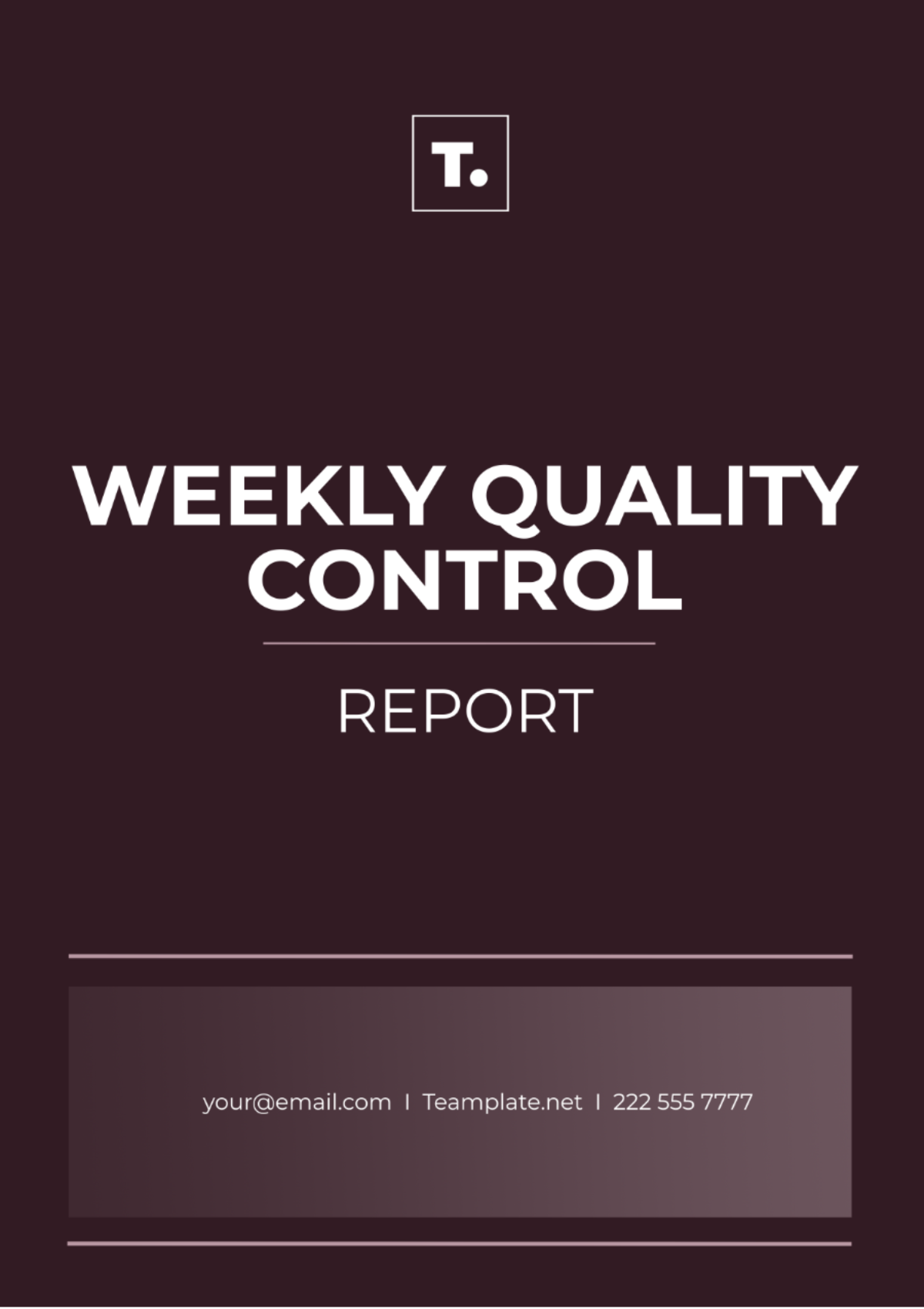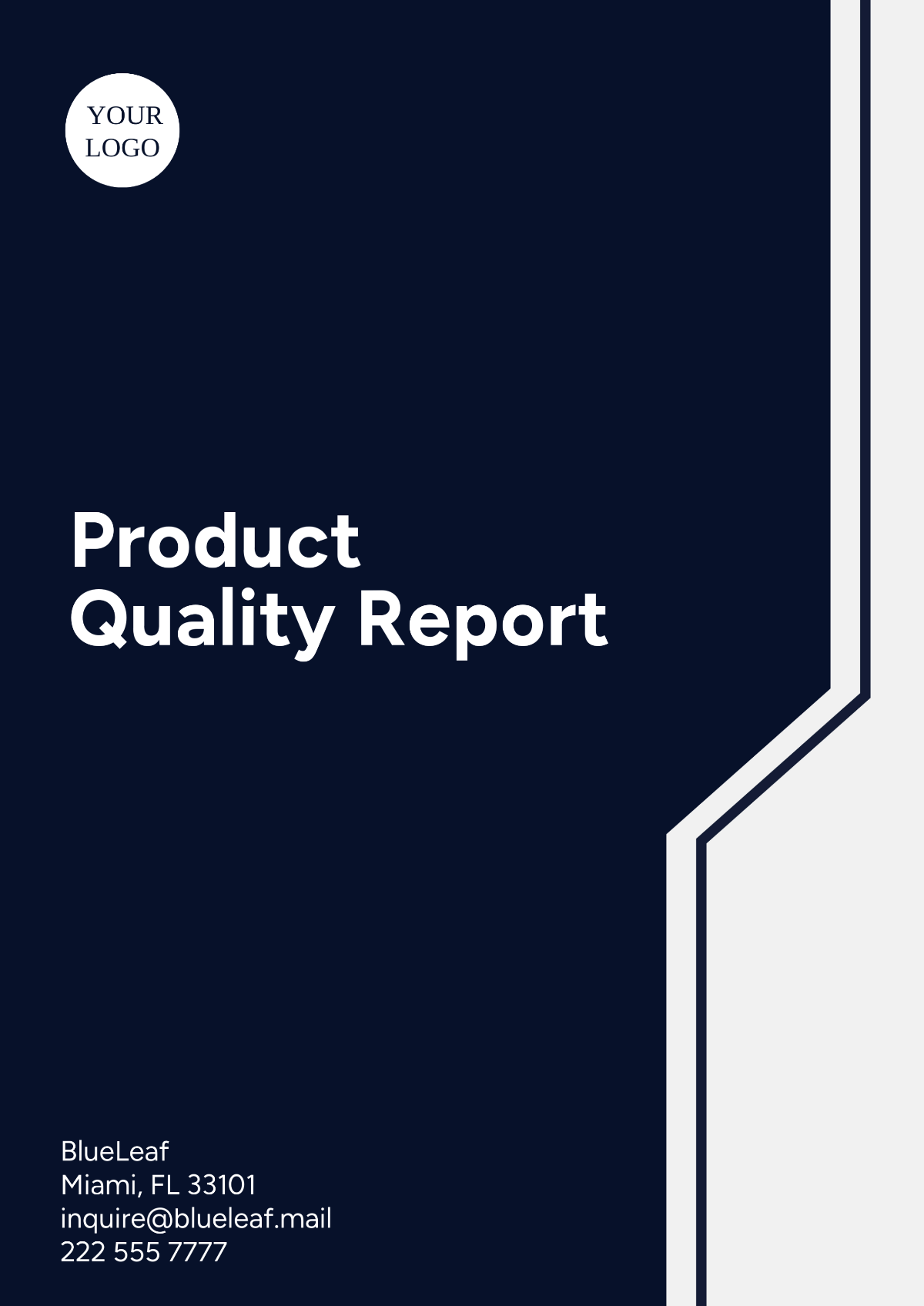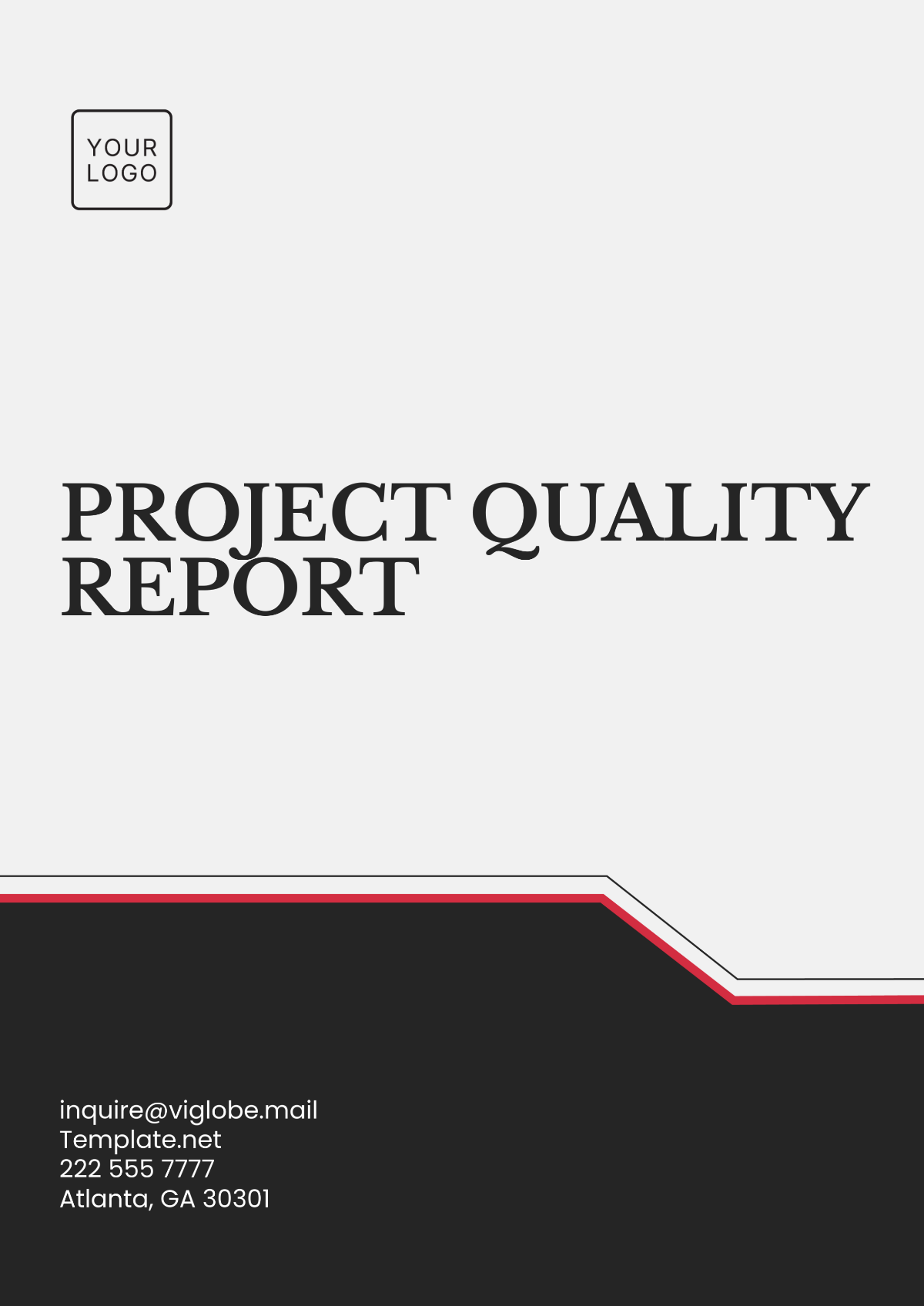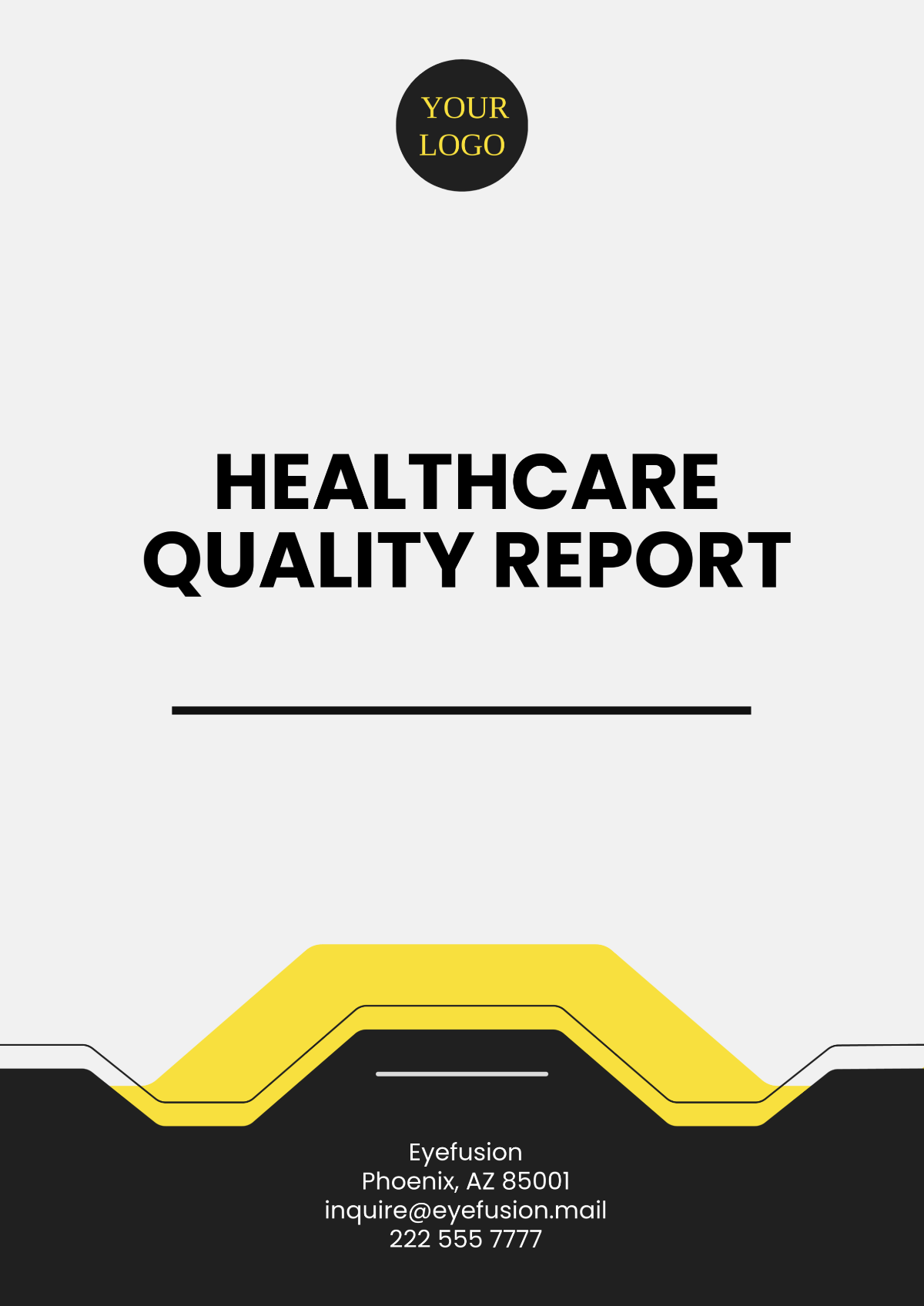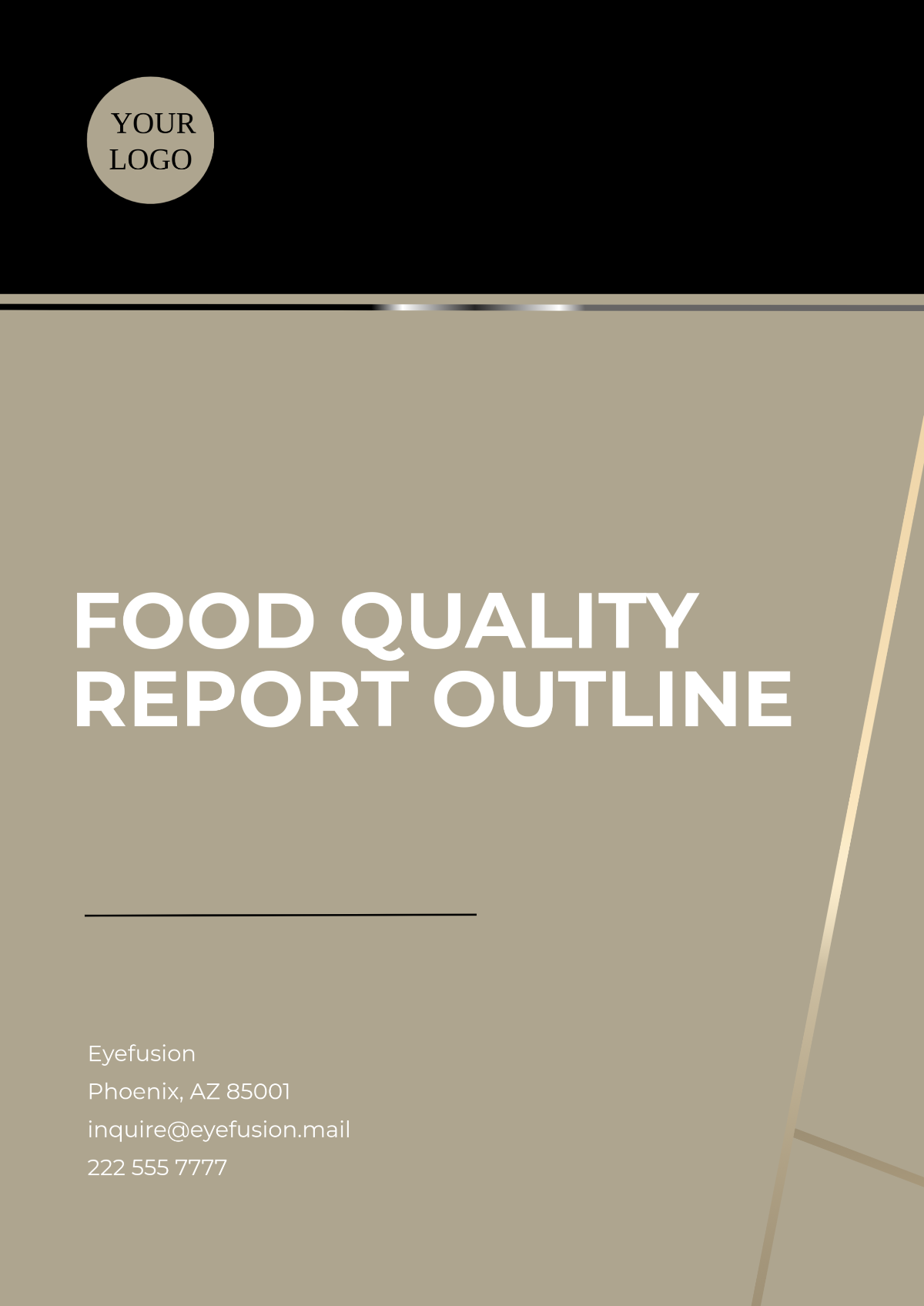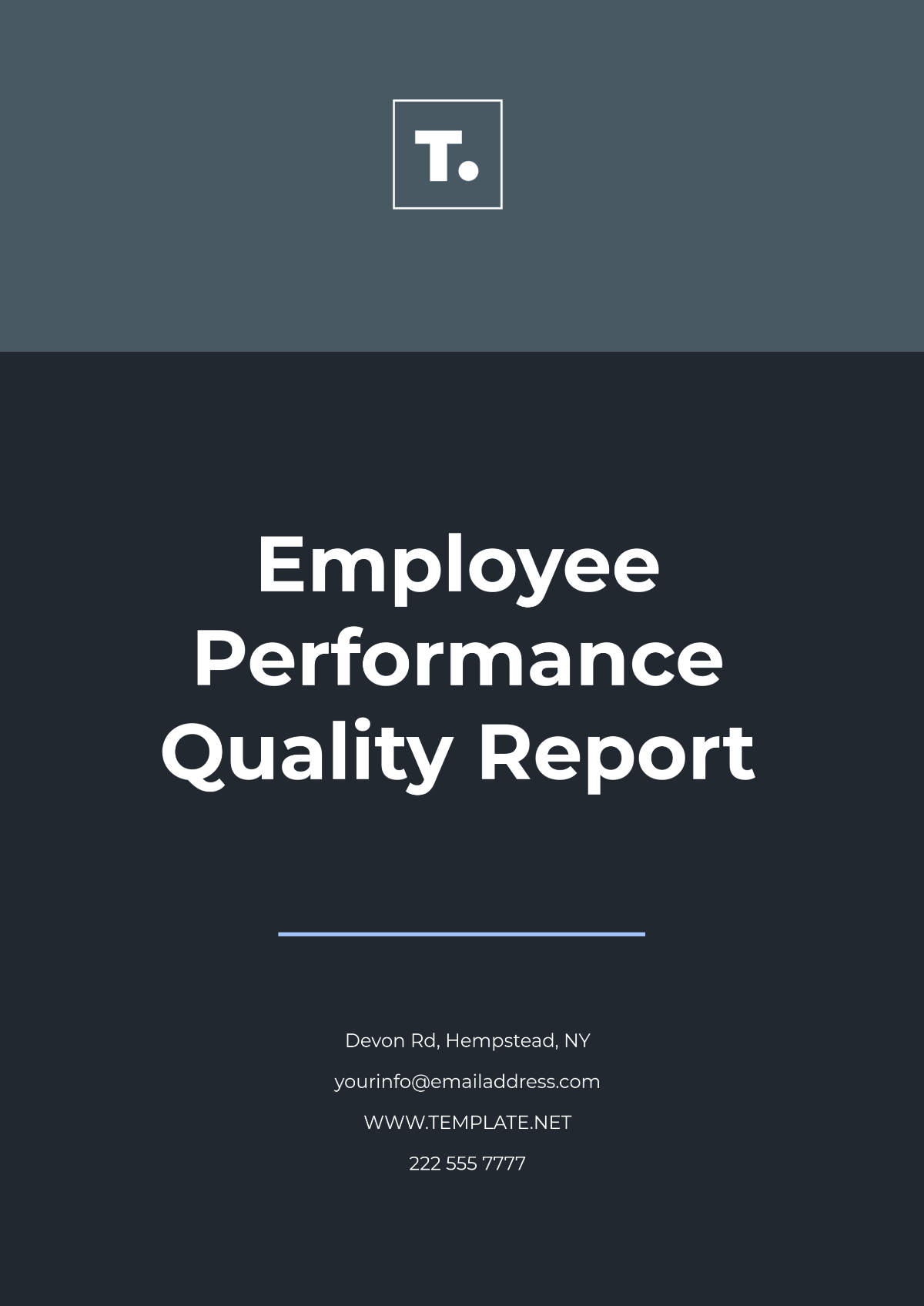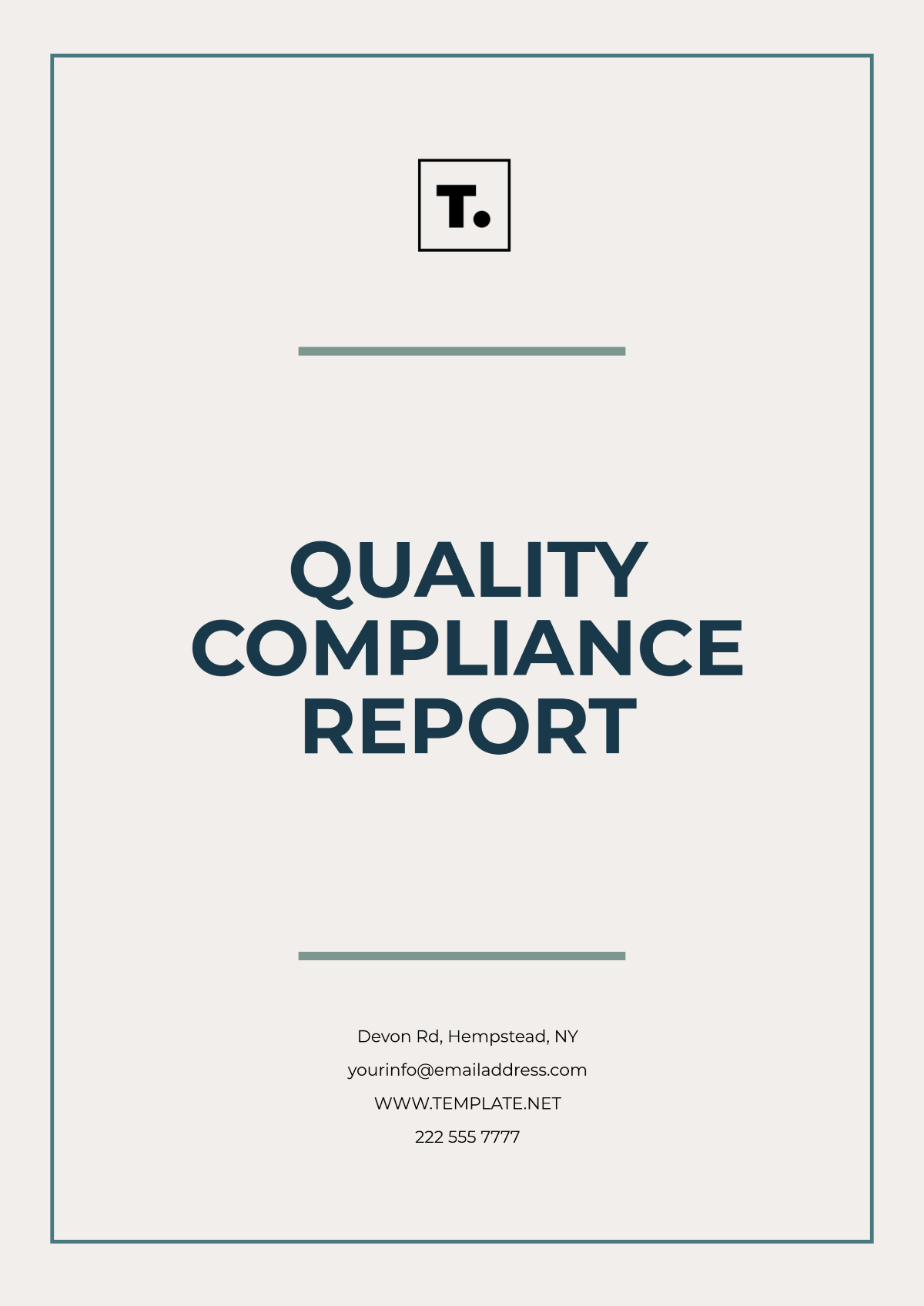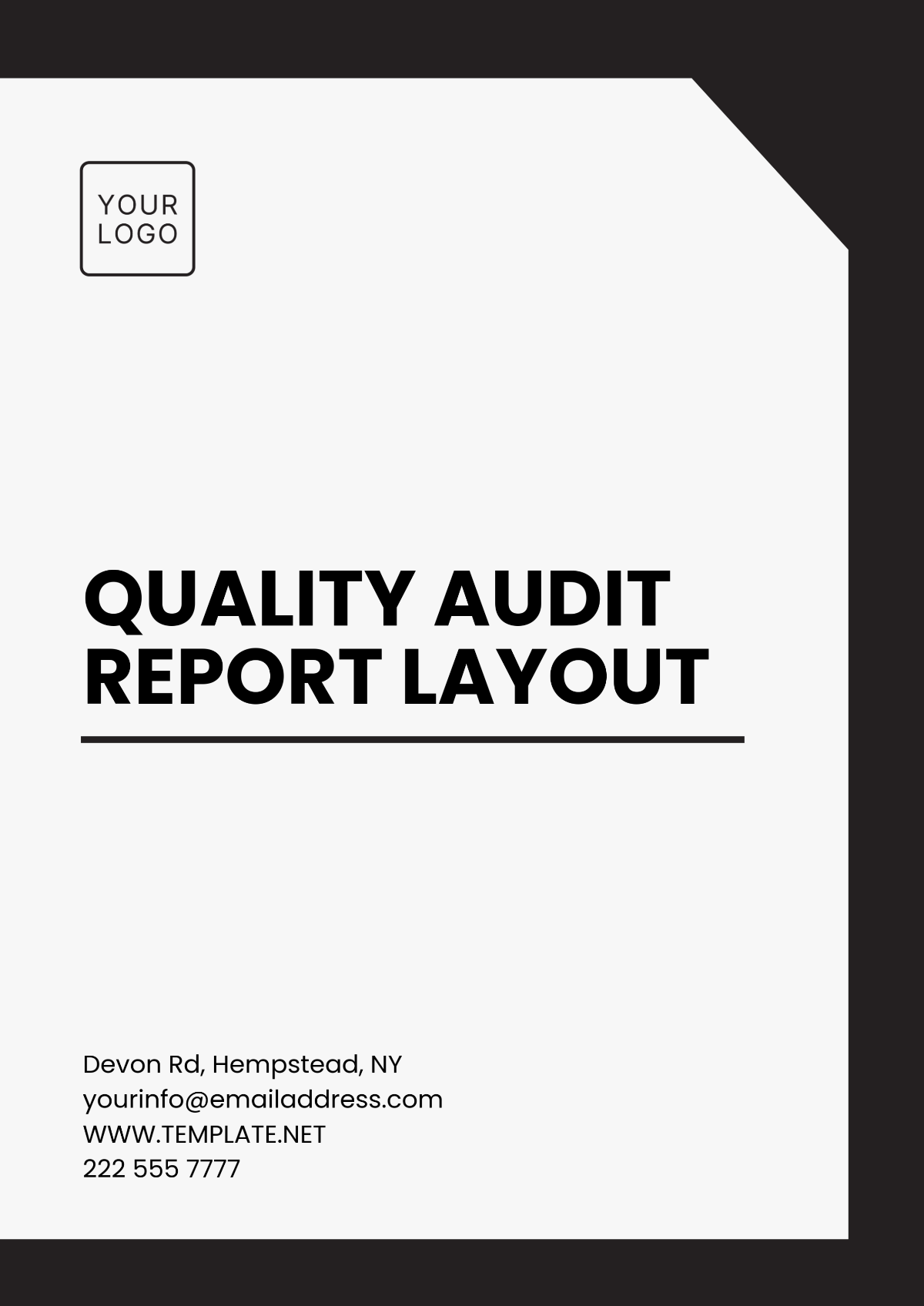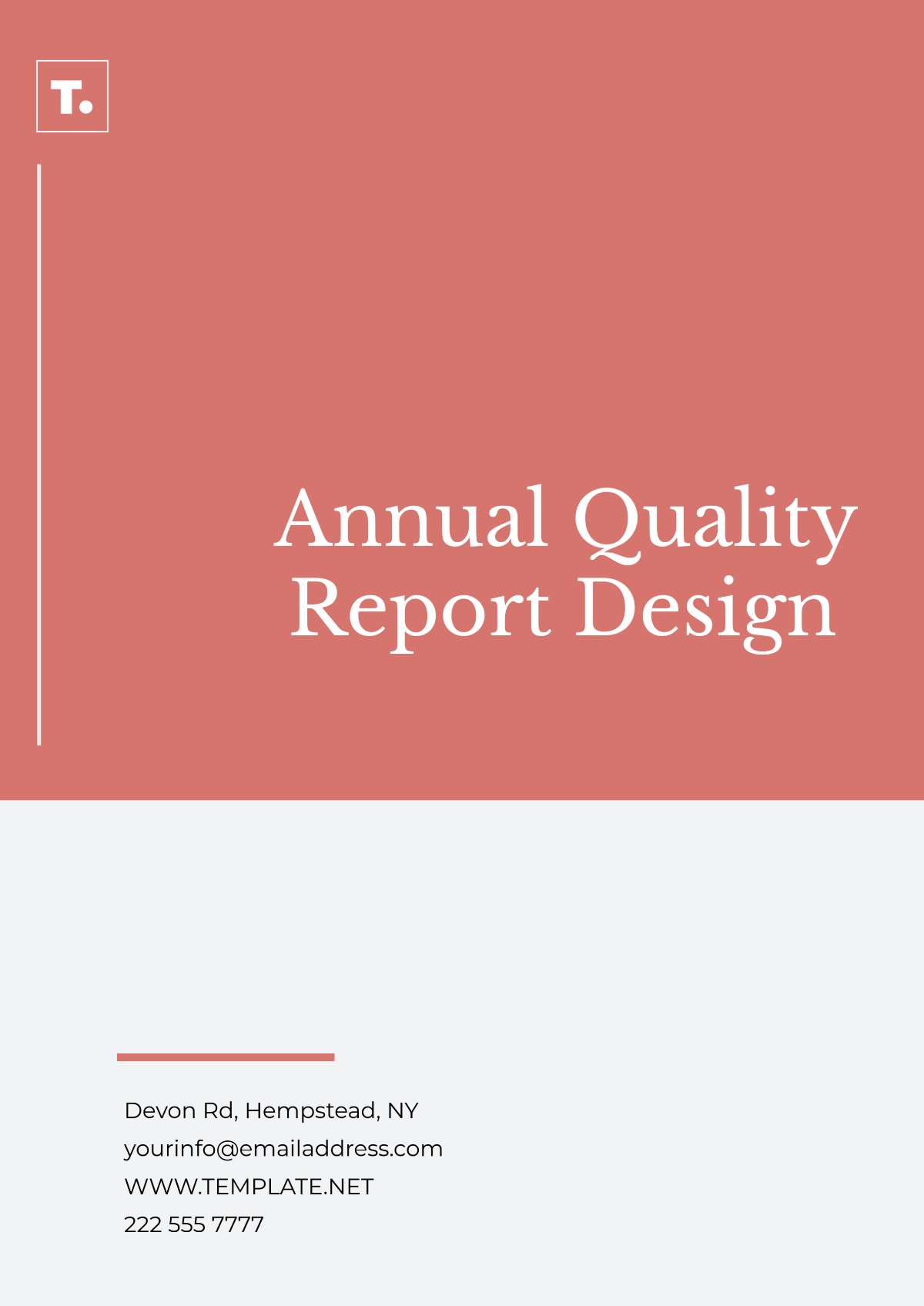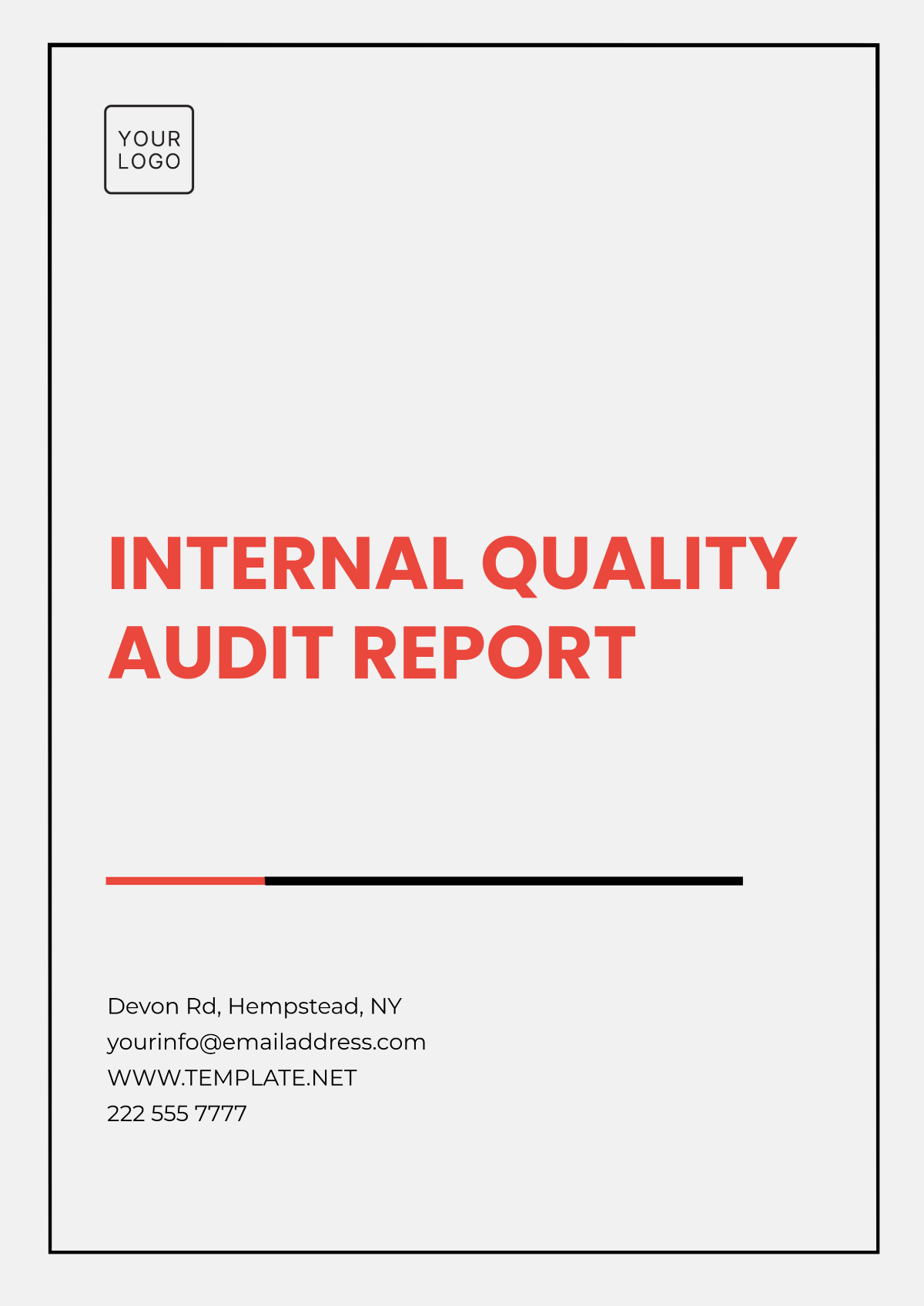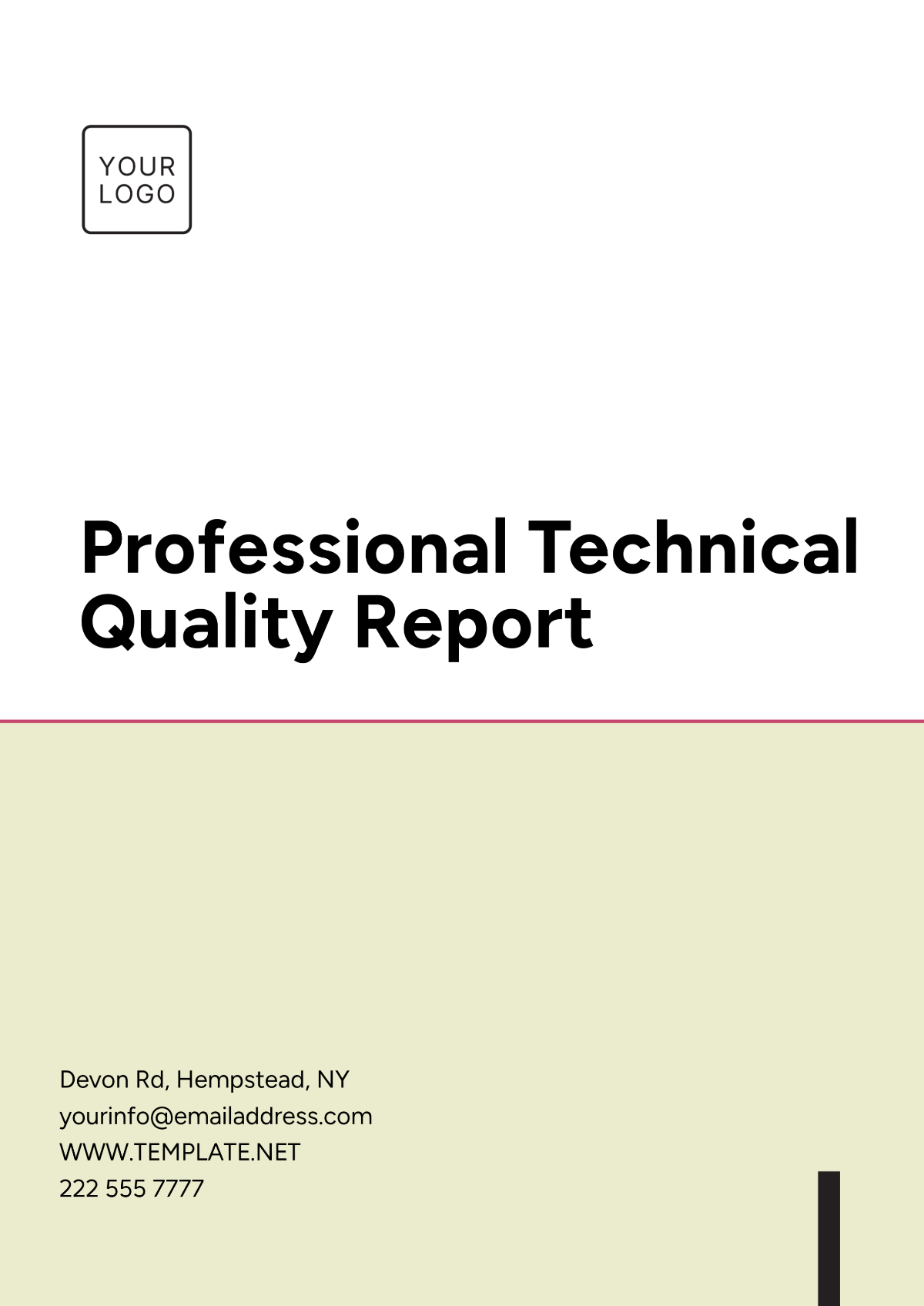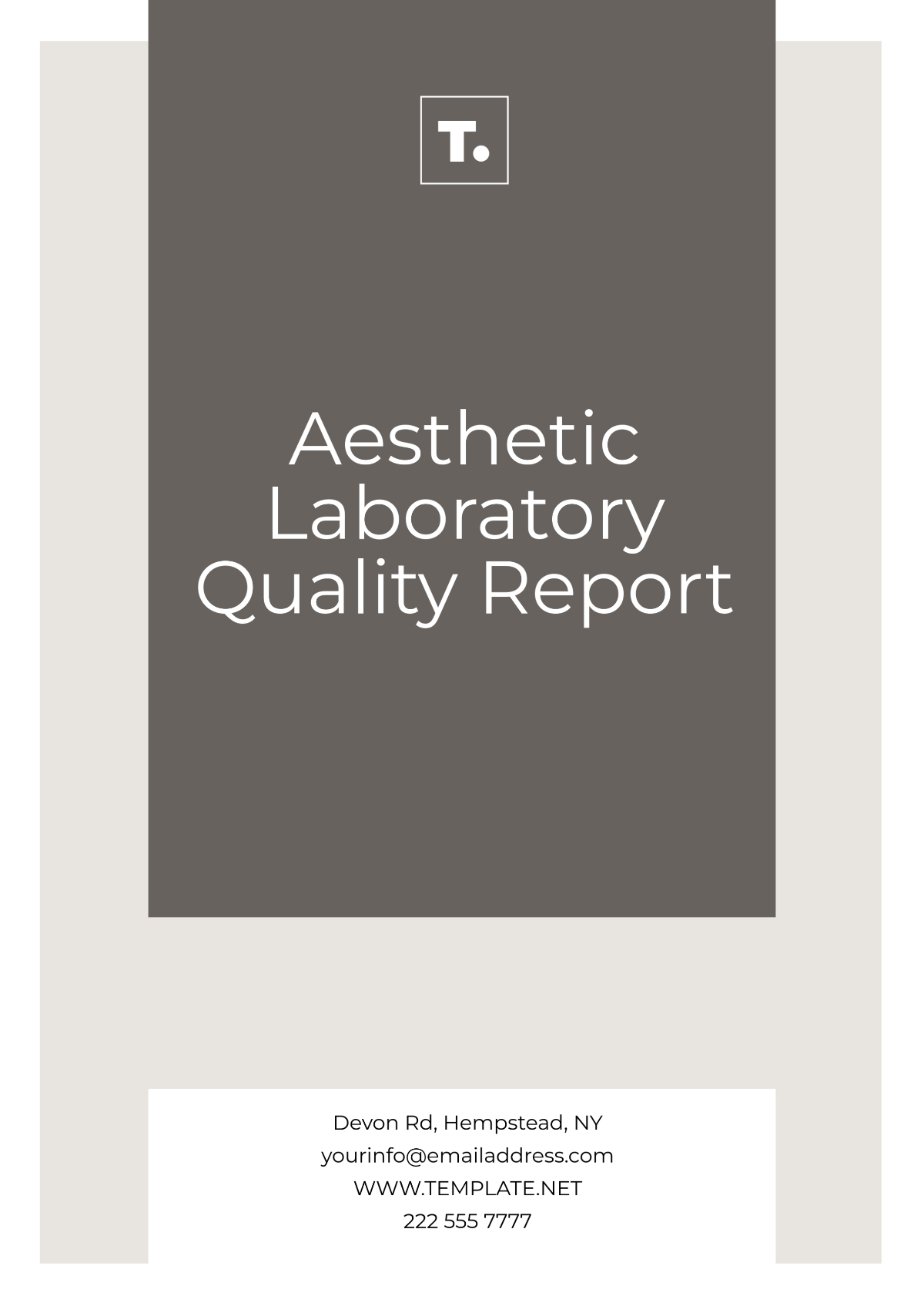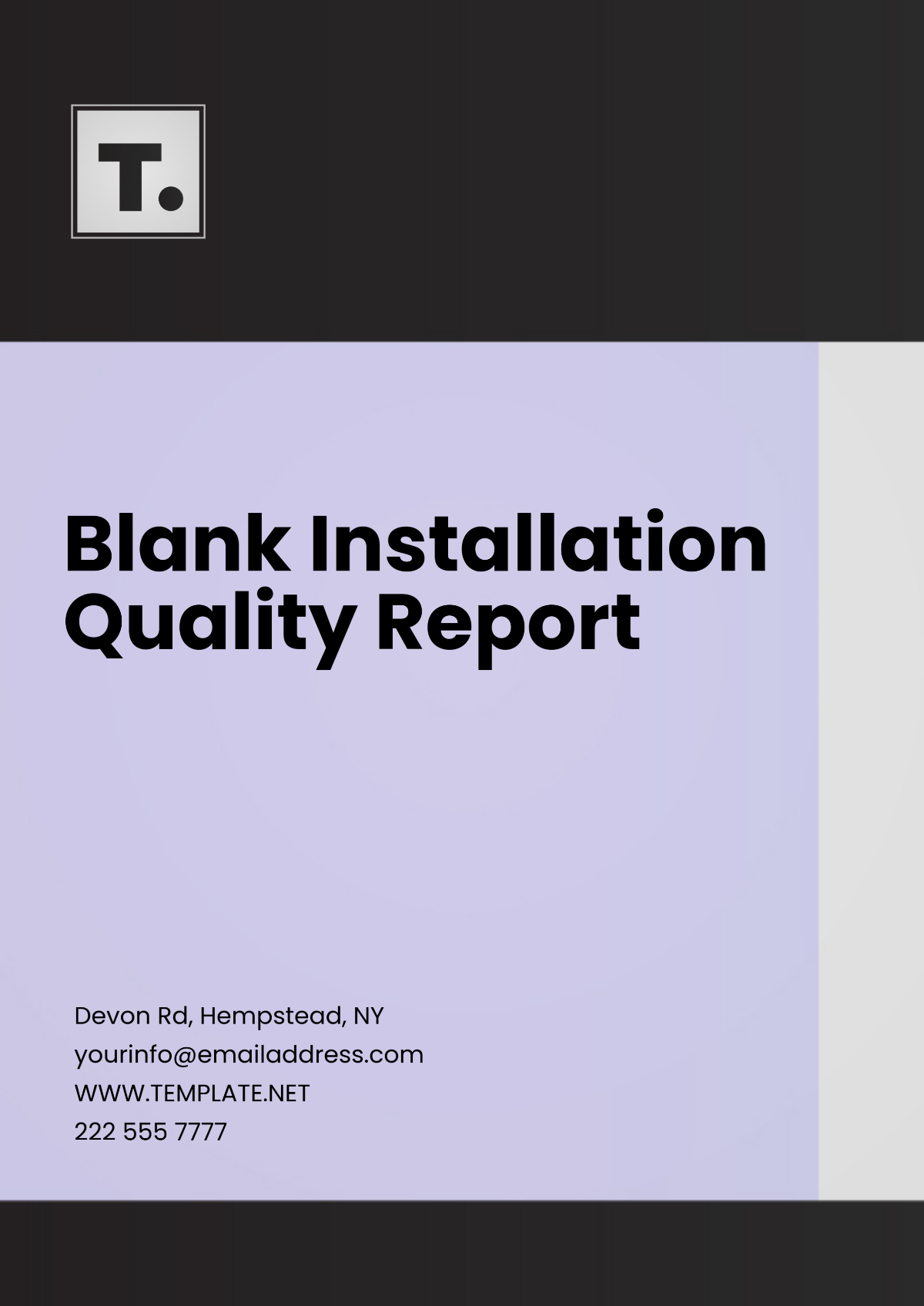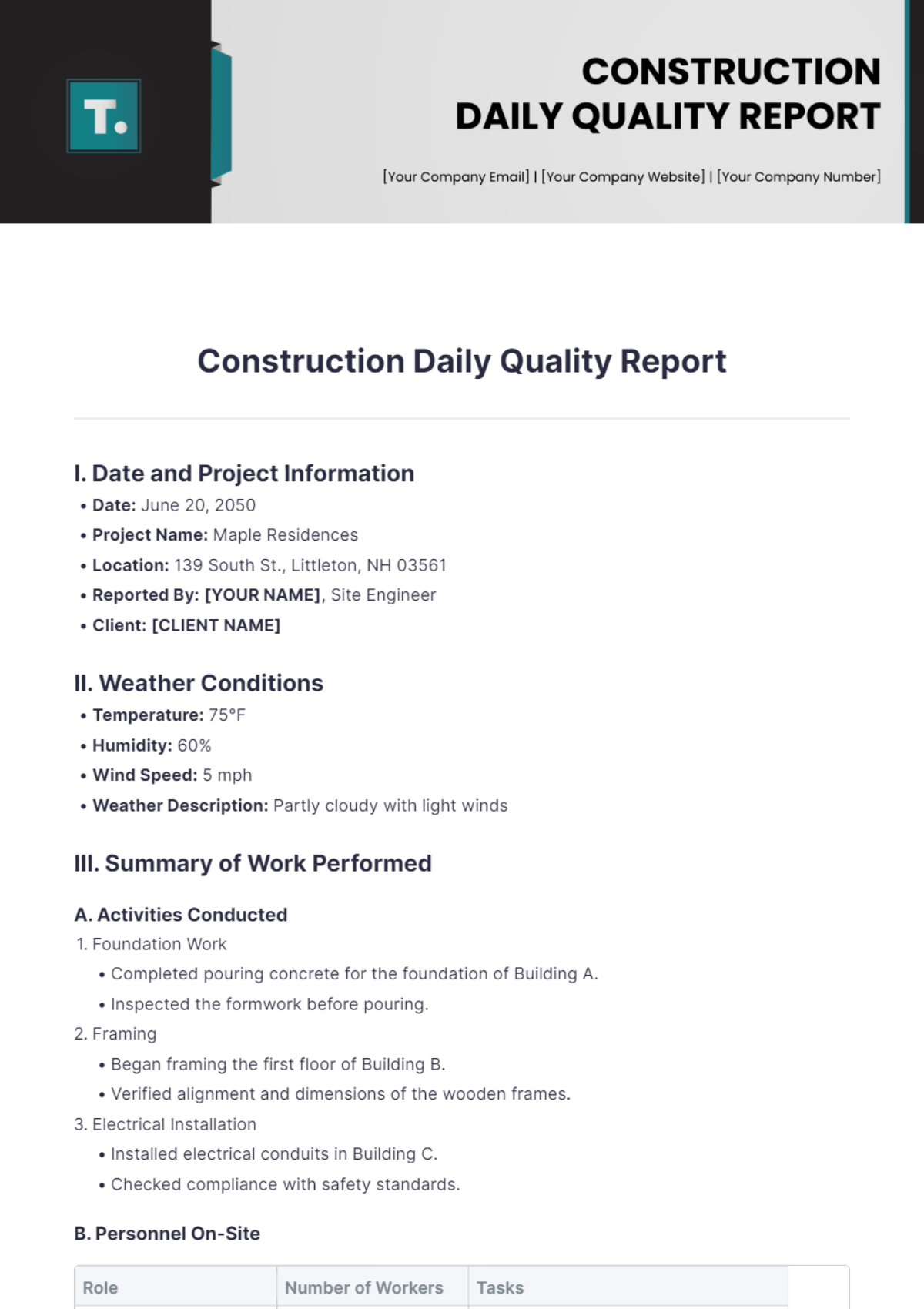Weekly Quality Control Report
Company: | [YOUR COMPANY NAME] | ||
Prepared by: | [YOUR NAME] | Department: | [YOUR DEPARTMENT] |
I. Introduction
The Weekly Quality Control Report serves as a crucial tool for monitoring and evaluating the quality control processes of [YOUR COMPANY NAME] on a weekly basis. This report aims to provide a comprehensive analysis of key metrics and performance indicators tracked in the quality control department. By documenting the progress against predefined targets, stakeholders can gain valuable insights into the efficiency and effectiveness of quality control processes.
Purpose
Analyze quality control-related KPIs.
Identify trends, patterns, and deviations from established targets.
Provide stakeholders with timely insights to support decision-making.
Recommend strategies for optimizing quality control efficiency and achieving organizational goals.
Scope
This report will focus on analyzing the performance of quality control operations within [YOUR COMPANY NAME]. It will cover key metrics related to defect identification, resolution time, customer feedback, and adherence to quality standards.
II. Methodology
To gather relevant data and insights for this report, a combination of quantitative analysis and qualitative assessment methods were employed. This included:
Data Collection
Quality Records: Gathering data from quality records, including defect logs, resolution reports, and customer feedback.
Stakeholder Interviews: Engaging with key stakeholders in the quality control department to gain insights into performance trends and challenges.
Performance Metrics: Analyzing performance metrics such as defect density, resolution time, customer satisfaction scores, and adherence to quality standards.
III. Findings
Current Status
The analysis reveals the following findings regarding the performance of quality control operations at [YOUR COMPANY NAME]:
Efficiency Level: [DESCRIPTION OF EFFICIENCY LEVEL]
Strengths: [DESCRIPTION OF STRENGTHS]
Weaknesses: [DESCRIPTION OF WEAKNESSES]
Challenges
Several challenges were identified during the assessment, including:
Challenge 1: [DESCRIPTION OF CHALLENGE 1]
Challenge 2: [DESCRIPTION OF CHALLENGE 2]
Challenge 3: [DESCRIPTION OF CHALLENGE 3]
Opportunities
Despite the challenges, there are significant opportunities to optimize quality control operations:
Opportunity 1: [DESCRIPTION OF OPPORTUNITY 1]
Opportunity 2: [DESCRIPTION OF OPPORTUNITY 2]
Opportunity 3: [DESCRIPTION OF OPPORTUNITY 3]
Opportunity 4: [DESCRIPTION OF OPPORTUNITY 4]
Opportunity 5: [DESCRIPTION OF OPPORTUNITY 5]
IV. Analysis
Key Metrics
Defect Density: [ANALYSIS OF DEFECT DENSITY]
Resolution Time: [ANALYSIS OF RESOLUTION TIME]
Customer Satisfaction Scores: [ANALYSIS OF CUSTOMER SATISFACTION SCORES]
Trends
Trend 1: [DESCRIPTION OF TREND 1]
Trend 2: [DESCRIPTION OF TREND 2]
Trend 3: [DESCRIPTION OF TREND 3]
Trend 4: [DESCRIPTION OF TREND 4]
V. Recommendations
Based on the findings, the following recommendations are proposed to enhance quality control efficiency:
Recommendation 1: [Description of Recommendation 1]
Recommendation 2: [Description of Recommendation 2]
Recommendation 3: [Description of Recommendation 3]
Recommendation 4: [Description of Recommendation 4]
Recommendation 5: [Description of Recommendation 5]
VI. Conclusion
In conclusion, the Weekly Quality Control Report provides valuable insights into the performance of quality control operations at [YOUR COMPANY NAME]. By addressing the identified challenges and leveraging the opportunities, the quality control team can optimize processes and ensure the delivery of high-quality products or services.
Note: This template helps track KPIs for quality control operations at [YOUR COMPANY NAME]. It's a valuable tool for analyzing performance trends and making informed decisions. Use it to enhance communication and strategic planning.
